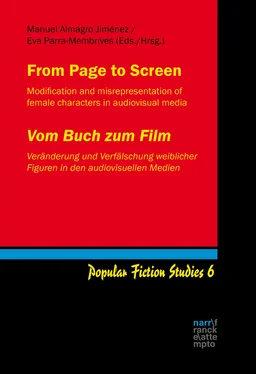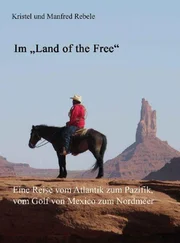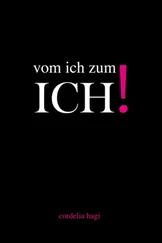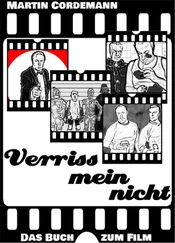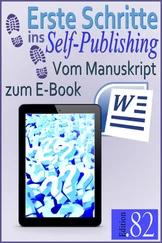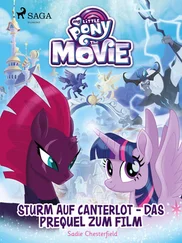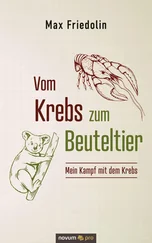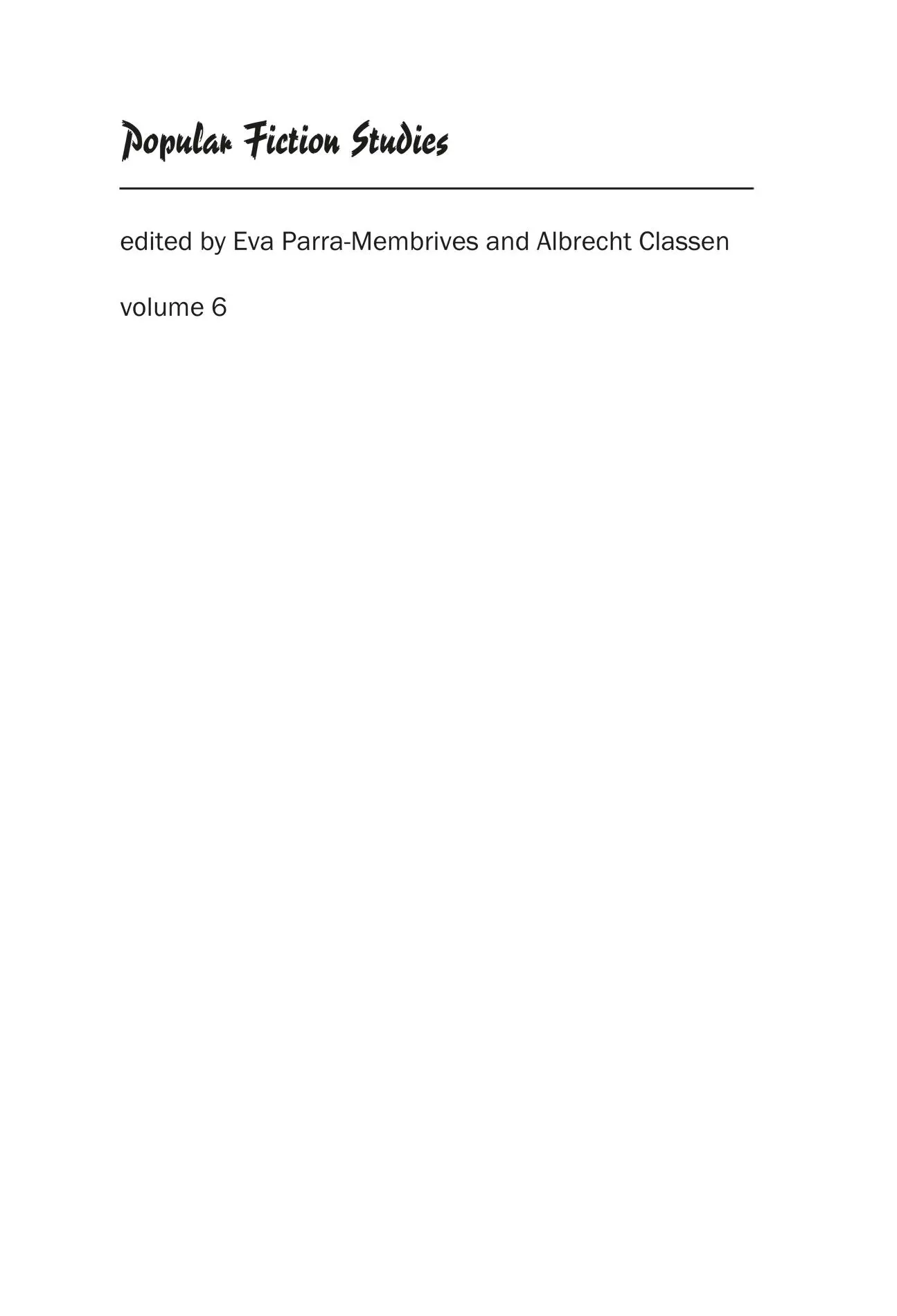
Manuel Almagro-Jiménez / Eva Parra-Membrives
From Page to Screen / Vom Buch zum Film
Modification and Misrepresentation of Female Characters in Audiovisual Media / Veränderung und Verfälschung weiblicher Figuren in den audiovisuellen Medien
Narr Francke Attempto Verlag Tübingen
[bad img format]
© 2020 • Narr Francke Attempto Verlag GmbH + Co. KG
Dischingerweg 5 • D-72070 Tübingen
www.narr.de• info@narr.de
Das Werk einschließlich aller seiner Teile ist urheberrechtlich geschützt. Jede Verwertung außerhalb der engen Grenzen des Urheberrechtsgesetzes ist ohne Zustimmung des Verlages unzulässig und strafbar. Das gilt insbesondere für Vervielfältigungen, Übersetzungen, Mikroverfilmungen und die Einspeicherung und Verarbeitung in elektronischen Systemen.
ISBN 978-3-8233-8367-3 (Print)
ISBN 978-3-8233-0233-9 (ePub)
“I WANT MY MONEY BACK”:
Some Considerations on the Dialectics of Texts and Films
Manuel Almagro-Jiménez / Eva Parra-Membrives
In the year 2001 the premiere of the film adaptation of the first volume of the Harry Potter saga took place and, as it was to be expected, it became an event with a great media impact1. TV networks were particularly interested in recording the expectations of children attending the movie theatres as they came in to watch for the first time that young man who was the protagonist of so many magical adventures and who had become for some “the most important non-religious global cultural icon in history” (Blake, 2002: 91)2. One boy, specifically, while he was being interviewed before entering the theatre, said that actually he had already read the novel but that he came to watch the film because he wanted to know how Harry Potter really was. And, in general, many of the viewers did enjoy the way in which so much money “was spent on making Hogwarts castle look real” (Nel, 2002: 172).
Probably this is an attitude that is shared by the readers of other sagas which have become a great success, first in bookshops and then on the screen. One can imagine a similar reaction in the case of the fans of such a popular saga as Twilight , which has enjoyed an enormous success among teenagers (and among adults, one should add)3. Indeed, not only boys and girls of whatever age react in this way. Many adults also tend to believe that what they see on the screen is more faithful, more real, than what you find in the original text, paradoxical as it might seem4. Because, as Schober writes about True Blood :
So, what is “true” in True Blood ? The vampire story focused around Sookie Stackhouse, Charlaine Harris’ Southern Vampire Mystery novels of which this show is a serial adaptation, the additional HBO material, or the fanfiction and computer games that extrapolate the transmedial narrative around the core text of the TV series? A Pragmatist reading of these interacting narratives would argue that they are all “true”, creating a more or less coherent fictional storyworld aimed at enhancing the illusion of reality. (Schober, 2019: 41)
There are viewers who often have the impression that a film will offer them a more real version of a story and, thus, when a book is published and becomes successful, many of them prefer to wait, albeit anxiously, for the film, since they also feel that the contemplation of the images is much less demanding than the effort and the time required by the reading of the quite often some-hundred pages of a book. This kind of readers and viewers always presuppose that the adaptation of the book to the screen will not only offer a more real picture of the story, but that, more particularly, in the process of adaptation there will be no significant changes. They may like the movie a great deal or not at all, or feel indifferent, but very rarely will we see them disappointed by the adaptation they have watched and thinking that it was a waste of money5.
This attitude presents at least two important problems. One has to do with the question of fidelity to the original, or in other words the degree to which an adaptation can deviate from the original text and still be “faithful” to it. Or to say it from the opposite perspective, how can we discern that something has changed to the point of not being what it originally was?6 The issue may grow into a sort of philosophical paradox, eventually impossible to resolve. But to this we must add the obvious fact that we are dealing with very different cultural objects. An interesting way of illustrating this can be done by mentioning the following anecdote concerning Fritz Lang, as recollected by Robert Stam:
A filmic adaptation is automatically different and original due to the change of medium. Here we can take as our own Fritz Lang’s response to the Producer Prokosch’s accusation of infidelity to the script: ‘Yes, Jerry, in the script it’s written, in a film it’s a picture… a motion picture it’s called’. (Stam, 2004: 17)
This leads us straight into the second problem, which refers to the fact that in the process of adaptation a double dialogue is established. Here we are not dealing simply with the textual version of another previous text, something that is common in the sphere of literature, what we conventionally call intertextuality. Rather, now in this case we would have to speak of intermediality, a general phenomenon which “assumes that social contexts, as well as literacy processes, are connected” (Watts Pailliotet et al., 2000: 213), to the point of reaching what Emig (1983) calls “web of meaning”.
In our case we are dealing with two different media, the textual versus the visual, which imply different cognitive processes and different methodologies of experience: it is not the same thing to sit down to read a book (normally alone) than to sit down to watch a film (normally with a group of people in a theatre) or a TV series (at home on your sofa, for example). For the individual having the experience, the context of the two events, that of reading a book or that of watching a film/TV series, seem very different, although one may have to be cautious when establishing certain comparisons. Thus, Cardwell points out the need to “ignore temporal similarities between the experience of reading and that of viewing” (Cardwell, 2004: 85).
But at the same time the transparency that some may presuppose in the adaptation of a literary text to the screen is further revealed as false when one learns about the material circumstances of adaptations in general, that is, the conditions under which they are produced: they can be of all sorts and encompass a great variety of aspects involved in the production of a film or of a TV series, beginning with the very basic axiom that “an adaptation must work as a film and not just as a re-creation of the earlier source” (Neher, 2014: 120). More specifically, Kline alludes to what he calls the “material paradigm”, illustrating this idea with the example of the adaptation of a novel by Brett Easton Ellis:
One exception is Mark Fenster’s critique of Less Than Zero , a film adapted from the novel by Bret Easton Ellis. In his analysis, Fenster argues that the film is a failed adaptation, despite the commercial success of the novel, because the novel’s specific appeals, including its “distanced narrative voice,” were difficult to adapt to film (32). That difficulty was compounded by the commercial context in which the film was produced, a context that led the scriptwriter to draw upon “recognizable” cinematic conventions, including a “realistic narrative frame” in the rewriting of the screenplay (52). Thus, in this analysis, Fenster opens up new discursive ground in assessing the effectiveness of a film adaptation, moving beyond a strictly intertextual comparison between novel and film to explore the extratextual forces operating within the production process which also shape the film. (Kline, 1996: 74)
Читать дальше
